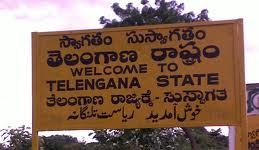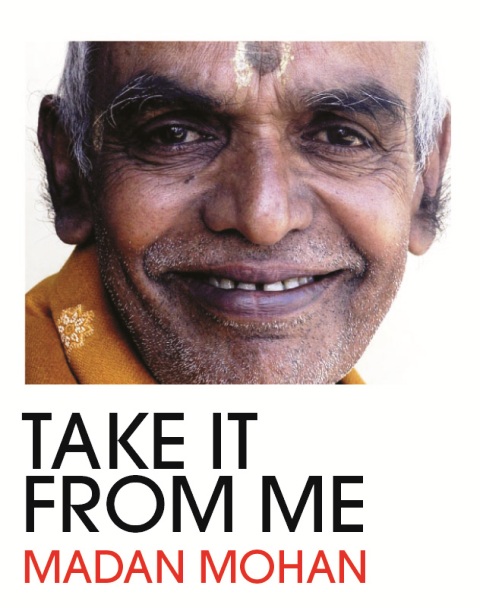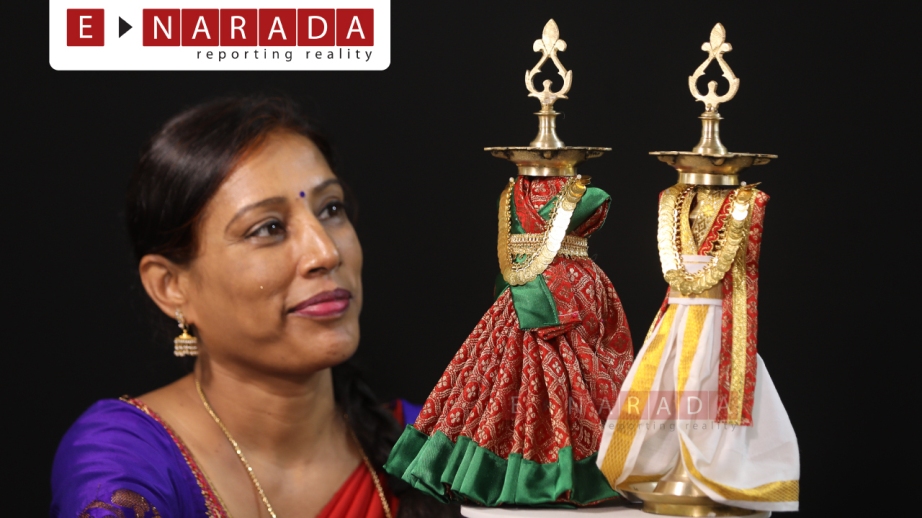ENARADA, Bangalore, August 5, 2013:
By Mathihalli Madan Mohan
The Centre’s decision to carve a separate Telengana state by bifurcating the present Andhra Pradesh and the hint that second States Reorganisation Commission may be formed to look into similar demands pending in other regions, has dangerous implication for Karnataka if not immediately but at least in the long run.
Firstly it may revive the demand for the formation may revive the demands for the formation of separate state for the Northern Karnataka, which is dormant at the moment since the Telengana issues, has shown that linguistic states are not sacrosanct and there is no bar in having two states speaking the same language. The movement for the formation of separate Kodagu state, which is being articulated now may get fillip. Thirdly with a second reorganization commission is on the offing to consider similar demands being made in other reasons, there is every possibility of the legacy of the border disputes left by the earlier reorganization of states can be revived, the prominent among them being the Karnataka Maharashtra dispute over the future of Belgaum, a divisional headquarters town of Karnataka.
The green signal of the Center for dividing Andhra Pradesh to carve out a separate state of Telengana categorically makes it clear that that is curtains drawn for the policy of the linguistic formation of the states, which the Congress had been assiduously following from the days preceding the independence. The Congress, it may be mentioned here informatively was a pioneer in organizing the Pradesh Congress Committees on linguistic principle. (In those days, the Kannada speaking districts under the Bombay and Madras Presidencies had been brought under the Karnataka Pradesh Committee, with Hubli as its headquarters, while the their counterparts in the princely states of Mysore and Hyderabad had a separate setup in the their respective area). This principle was applied during the reorganization of states in 1956.
Now with the changing times, the Centre has jettisoned its old principle in favour of the states being formed due to political pressure and other exigencies. This surely would open a Pandora’s Box with the demands for the division of the states pending in almost every state as it were. There is already trouble in Assam over the issue. And the experience of working of a linguistic state for the past nearly six decades, has shown that the language is no longer cementing force. Practically almost all the states have been suffering from the regional imbalance and that the states have failed to meet the regional aspirations of the people away from the state capital. This has further actuated the demand for a separate state.
This has been happening for quite some time and in the post reorganization of states era , barring the formation of Maharashtra and Gujarat (in 1960) and of Punjab and Haryana, (in 1966) , following the bifurcation of the respective bilingual states, the rest of new states have come into existence for factors other than linguistic identity.
And the formation of Telegana puts a final full stop to the process of linguistic formation of the states. What is interesting is that the process of reorganization of states on linguistic states started from Andhra seventy years back and now it is from Andhra alone that it is being discarded.
A more than 50 days fast by the Andhra leader late Potti Sriramulu forced the Congress during the days of the helmsman ship of Pandit Jawarhal Nehru to acquiesce in to the demand for the formation of separate state for Telugu speaking states. As a consequence, the Madras Presidency was divided to bring the Telugu speaking districts (spread over Coastal Andhra and the Rayalaseema were brought under the new Telugu speaking state, then called as Andhra, with Kurnool, a district town becoming the capital.. Three years later, the Telugu speaking districts of the then Hyderabad princely state – namely the present Telengana region, was tagged to the new state just formed to constitute Greater Andhra, which was christened as Andhra Pradesh. Hyderabad was the natural choice as the capital of the Greater Andhra Pradesh.
With Telengana out of its fold, whatever remains of Andhra Pradesh will be coastal Andhra and Rayalaseema region, popularly known as the Seemandhra region now, which incidentally comprised of the old Andhra state)
As for as Karnataka is concerned, there has already been a talk on the need to have two Kannada speaking states instead of one, essentially carving out a separate state for the Northern Karnataka comprising of the Bombay and Hyderabad Karnataka. This has been product of the continued regional disparity, with the Northern Karnataka districts bearing brunt of neglect and apathy by the rulers. At the moment nobody is buying the idea. But with Telegana showing the way, the demand may acquire strident overtones, it the state is unable to redress the grievances of regional imbalance and level playing field is not created for the different regions in the state. Even a staunch votary of the unified Karnataka, who has led many an agitation for getting fair deal for the Northern Karnataka, has warned that the day would not be too far to demand a separate state if the present apathetic attitude of the rulers continued towards redressal of the grievances of regional imbalance.
When the neglect of the Northern Karnataka region, was raised, the political leaders pooh-poohed it especially during the days of the Janata Dal rule (1994-99). It was in 2002, that the High Level Committee for the Redressal of Regional Imbalance under the chairmanship of Late Dr. D M Nanjundappa, noted economist and educationists in its report, endorsed the demand and provided the flesh and blood for the demand, which mainly operated on an emotional plane. But none of the governments, including that of Krishna took any steps to quickly implement the recommendation, which interalia recommended an additional investment of Rs. 16,000 crores during a eight year period to created level playing field. The report stated that an overwhelming majority of the 174 taluks come under the category of backward, more backward and most backward, with the Northern region having the maximum of the backward taluks. The implementation was taken up in 2007 but the work has been shoddy and government has not been able to provide the necessary money. The removal of regional backwardness has become a mirage, with no political party any hue, being prepared to sort it out.
The possibility of the demand for a separate state being revived under the circumstances cannot be ruled out. One of the former Ministers of the BJP government, Mr. Umesh Katti from Northern Karnataka area, has visualised formation of the new state of Northern Karnataka being formed in about a decades time, probably by the year 2020, “mainly due to increase in population:.
A hand few of the people from Kodagu, have been knocking the political corridors in New Delhi for a separate state for the district Kodagu, southern eastern tip of the state, which was part C State administered by Chief Commissioner before the reorganisation of state. The district initially had three assembly constituencies, which has been brought down to two during the delimitation of the constituencies on the eve of the 2008 elections. The demand for a separate identity is being made on the imperative necessity to protect the district culture of the tiny district.
The dispute over the future of Belgaum in Karnataka with Maharashtra has a sixty year old history and is a legacy of the reorganisation of the states way back in 1956. It has been kept alive on paper by a small group of pro Maharashtra protagonists, though its earlier voters from across the border including Sharad Pawar have washed their hands. Maharashtra’s claims over Belgaum have been totally rejected by the committee headed by the former Chief Justice of Supreme Court Meharchand Mahajan., which was constituted at the behest of Maharashtra. Maharashtra has reneged on it, while Karnataka has accepted it. But the problem has been that the while placing the report on the table of the parliament, the Centre has been delaying filing of the Action Taken Report. It is this reluctance which offers a possibility of being revived in case a second states reorganization commission is formed . While Maharastra has knocked the door of the Supreme Court to seek the intervention of the apex judicial body. Karnataka has taken categorical stand that the issue cannot be revived unless the future of the report of the Mahajan Commission is decided by the Central Government in the action taken report, which is yet to be tabled. Karnataka has declared in no uncertain terms that it is a closed chapter and that Belgaum was an integral part of Karnataka and would remain so. But still Maharashtra, with a better clout in New Delhi, wangling the issue in its favour somehow, and the Centre taking decisions on the political considerations, doing something to contrary be looming large on Karnataka.
(Posted on August 5, 2013 @ 4pm)
(Author is a Senior Journalist and Columnist. Mobile: +91 94480 74872 Email : madan.mm@gmail.com)
The views expressed on the website are those of the Columnists/ Authors/Journalists / Correspondents and do not necessarily reflect the views of ENARADA.






